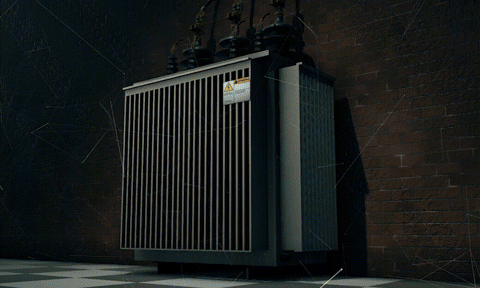After the annual rebasing exercise carried out in July 2024, periodic tariff adjustments to the power tariffs were always going to be on the more moderate side. The first result is out and is an encouraging one. The power regulator Nepra is due to hear the power distributors’ plea to make quarterly tariff adjustments for July – September 2024, and the amount in question is only Rs8.7 billion. For context, the previous quarterly adjustment was Rs47 billion. The previous five years’ average quarterly adjustment sits at Rs60 billion, with a high and low of Rs136 billion and Rs10 billion respectively.
The adjustment sought for 1QFY25 is the lowest in at least seven years, which goes on to show how important getting the base tariffs closer to reality is. Recall that previous years’ base tariffs generally, and FY24’s in particular, were built on optimistic scenarios with no regard to ground reality, underestimating the contribution from RLNG. This time around, due consideration has been lent to the generation mix realities, and whilst the base tariff revision itself was on the considerably higher side, it has set grounds for less volatile changes in place of periodic adjustments for the rest of FY25, exceptions aside.
The current periodic adjustment is due to lapse in November 2024, and that gives the government a chance to recover the 1QFY25 QTA in just one month instead of spreading over the entire quarter, given a rather minor adjustment. Assuming the QTA is applied for December bills only, it would not cross Re1/unit, which will still be a respite from the current Rs1.74/unit that is in place for the September-November period.
The QTA respite coincides with a string of negative monthly fuel charges adjustments, with the September 2024 adjustment of negative Rs1.2/unit – the lowest in nearly two years. Significantly revised reference fuel tariffs are obviously at play, but a remarkably resilient currency and stable international energy commodity prices have both played their parts, in keeping the adjustments on the lower side.

The financial impact of the termination of agreements with 5 IPPs would be reflected in the upcoming quarterly adjustments and should bode well for consumers. That said, the drop in demand from the grid is concerning and could potentially dilute the impact of savings on account of IPP negotiations and contract terminations.
Segregated demand numbers are not out yet for 1QFY25, but a trend of hourly generation presented by the System Operator offers clear signs that the solar induction at mass scale has certainly led to lower generation – leading to an overall reduction in demand from a year ago. Consider that the average demand during no-sunlight hours is still higher year-on-year. It is the daytime consumption where the hourly demand curve suggests a significant retreat from last year – and there is no other reason than rooftop solar power generation – be it on net metering or otherwise.
In Pakistan’s single-buyer market model, where take-or-pay contracts are prevalent, any reduction in grid consumption results in higher charges for those still connected. This creates a vicious cycle, and while load shedding in commercial sectors is not a sustainable solution, continuing this practice without a strategic plan will only make electricity costs even more prohibitive, potentially leading to even more severe demand destruction.
For now, tariff adjustments seem to be under control. It is time that the government seriously considered altering the base tariff revision timeline, pushing it back from July to January. It will create less noise and the impact of any increase in bills will be muted for starters, given low consumption. Meanwhile, efforts must continue to be made towards reforming the transmission sector and addressing distribution bottlenecks.
Read the full story at the Business Recorder - Latest News website.


